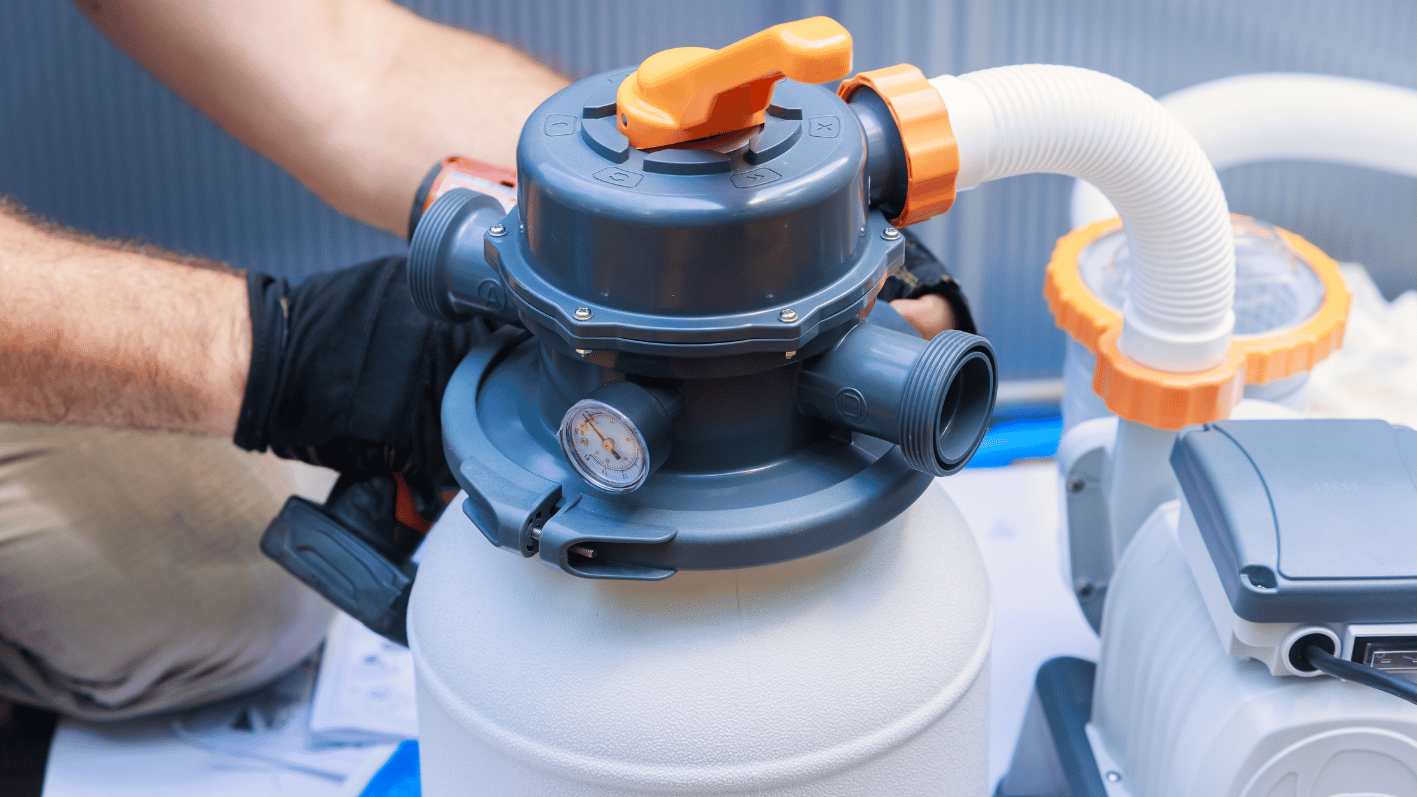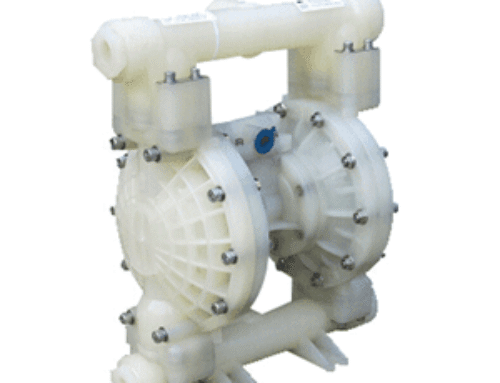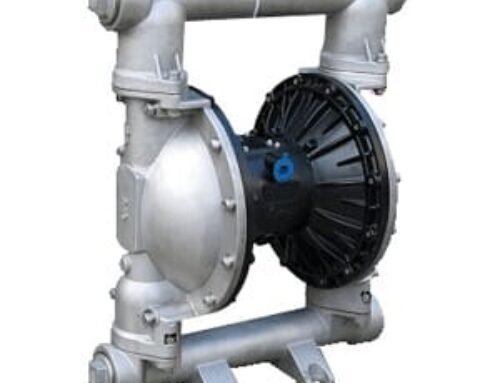When most people think about a swimming pool, they picture the sparkling blue water, the tiles, and maybe the filtration system. What often goes unnoticed is the unsung hero of many modern pools: the swimming pool balancing tank.
This hidden structure is essential in overflow pools and large aquatic facilities, ensuring smooth operation, water conservation, and swimmer comfort. Understanding how it works and why it’s important can save pool owners from costly mistakes and maintenance headaches.
What Is a Balancing Tank?
A balancing tank, also called a surge tank, is a storage chamber that holds excess pool water. It is commonly found in overflow pools, where water constantly spills over the edges into a channel or gutter system. Instead of wasting this displaced water, the balancing tank collects it, stores it temporarily, and then redistributes it back into the pool through the circulation system.
The size of the tank depends on the pool’s surface area, expected number of swimmers, and local regulations. A well-designed balancing tank prevents flooding, keeps water levels consistent, and ensures efficient circulation.
Why Pools Need a Balancing Tank?
Every time a swimmer enters a pool, the water level rises. When many swimmers dive in, large amounts of water can overflow. Without a balancing tank, that water would either be lost or cause uncontrolled flooding around the pool deck. The balancing tank provides a buffer, absorbing sudden surges in water volume and releasing it back gradually.
This makes it especially critical in commercial pools, water parks, and competition facilities, where dozens of swimmers may use the pool at the same time. In private overflow pools, the tank keeps the water line perfectly level with the pool’s edge, which is part of the aesthetic appeal of infinity-style designs.
How It Works in the Circulation System
The balancing tank is integrated into the pool’s hydraulic system. Here’s the simplified flow:
- Overflow collection – Water displaced by swimmers flows into channels or gutters around the pool edge.
- Tank storage – This water enters the balancing tank through gravity-fed pipes.
- Pump suction – The circulation pump draws water from the balancing tank, filtering and sanitizing it.
- Return to pool – Treated water is returned to the pool floor inlets, completing the cycle.
Because the tank is part of this loop, it plays a direct role in filtration efficiency and chemical distribution. If the tank is poorly designed or maintained, the whole system suffers.
Key Design Considerations
Several factors go into designing a proper balancing tank:
- Capacity – Industry guidelines often recommend a volume equal to at least 5–10% of the pool’s total capacity, though heavy-use pools may require more.
- Freeboard allowance – Extra space is needed to handle sudden surges during peak usage.
- Access – Tanks should be equipped with manholes or hatches for easy cleaning and inspection.
- Float switches and sensors – These detect water levels and control pumps to prevent dry running or overflow.
- Waterproofing – Proper lining or coatings are necessary to prevent leaks.
Maintenance and Common Issues
Like any part of a pool system, balancing tanks need regular care. Over time, dirt, oils, and debris accumulate at the bottom of the tank. If left unchecked, this can affect water quality and strain the pump system. Routine cleaning, usually once or twice a year, keeps the tank hygienic and efficient.
Common issues include:
- Pump cavitation when water levels drop too low.
- Algae growth inside the tank if circulation is weak or cleaning is neglected.
- Structural cracks or leaks, which waste water and undermine the system’s stability.
Installing level sensors and scheduling periodic inspections helps prevent these problems.
Environmental and Economic Benefits
Balancing tanks are not just about convenience—they are also eco-friendly. By recapturing and reusing overflow water, they reduce the need for frequent top-ups from mains supply. This lowers water bills and minimizes chemical waste, since the overflow water has already been treated.
In areas where water conservation is critical, balancing tanks are a sustainable solution that supports both pool operations and environmental responsibility.
A swimming pool balancing tank ensures consistent water levels, supports efficient circulation, prevents flooding, and reduces water wastage. For pool owners, understanding its function is key to smooth operation and long-term savings. Just like filters and pumps, the balancing tank deserves attention and care—because when it works well, no one notices, but when it fails, everyone does.






Leave A Comment